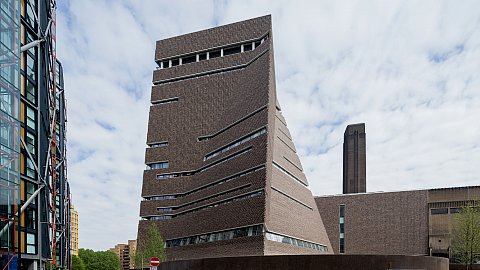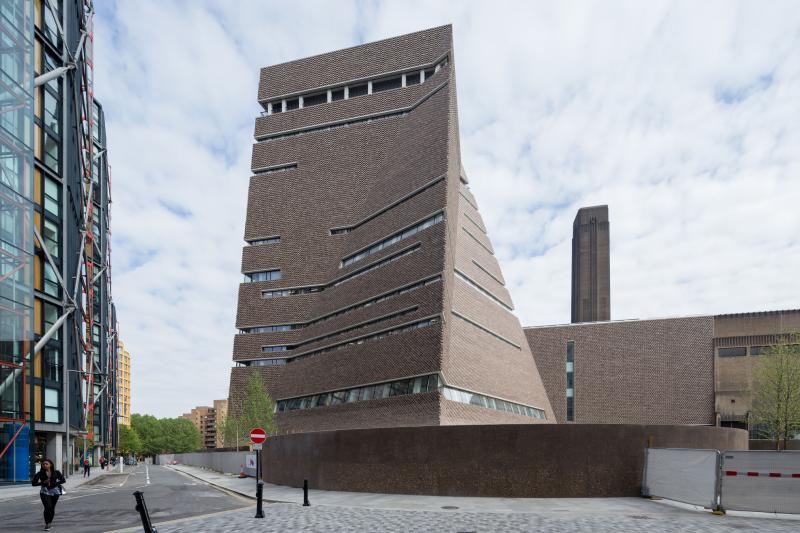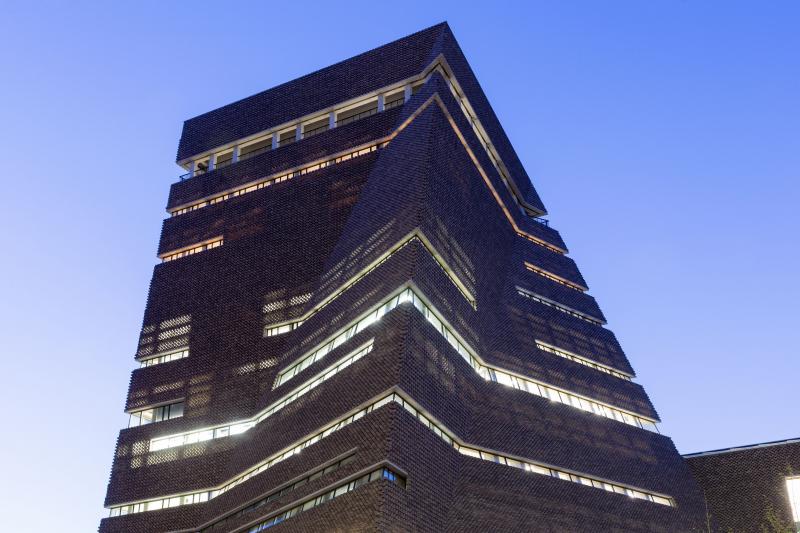The Switch House twists world cultures
 Contemporary Art | An old brick power station renovated and redesigned by Herzog & De Meuron on a modest budget, the 2000 opening of Tate Modern was part of a wider political campaign to rehabilitate London’s southern districts. Conceived by the same Bale-based firm on a 358 million euros budget, its 2016 expansion embodies the new elements at play in the globalized art world against the backdrop of a more inclusive rereading of art history.
Contemporary Art | An old brick power station renovated and redesigned by Herzog & De Meuron on a modest budget, the 2000 opening of Tate Modern was part of a wider political campaign to rehabilitate London’s southern districts. Conceived by the same Bale-based firm on a 358 million euros budget, its 2016 expansion embodies the new elements at play in the globalized art world against the backdrop of a more inclusive rereading of art history.

1 / 2
Switch House
© Photo Iwan Baan
While formally linked to the old building through the use of brick, the new wing boasts a timeless style, with rotating perspectives evoking the tower, the pyramid, the mastaba, the cathedral, and the minaret in the collective subconscious. In the brick interstices, natural light filters in a back-and-forth dialogue between the interior and exterior of the building, according to the day/night cycle : an immemorial stylization that represents a condensation of the world’s complexity and London’s unique multicultural spirit.
From a museographical point of view, the exhibition rooms are shaped by a new floor plan suggesting an intuitive stroll from one loop to the next following a thematic, group-based hang. These “collective […]
You have 75% of the article to read ...
This article is free to read.
To continue reading it…
Subscribe
FREE
To our newsletter
Have you already subscribed to our newsletter?
Please enter your e-mail address
Read also



